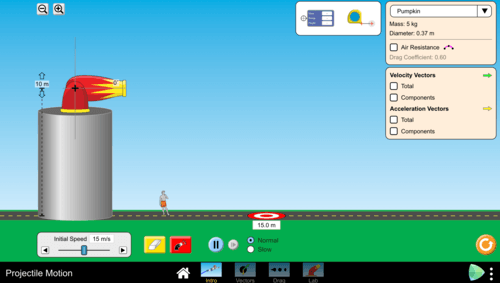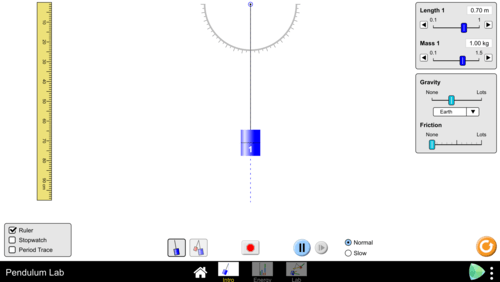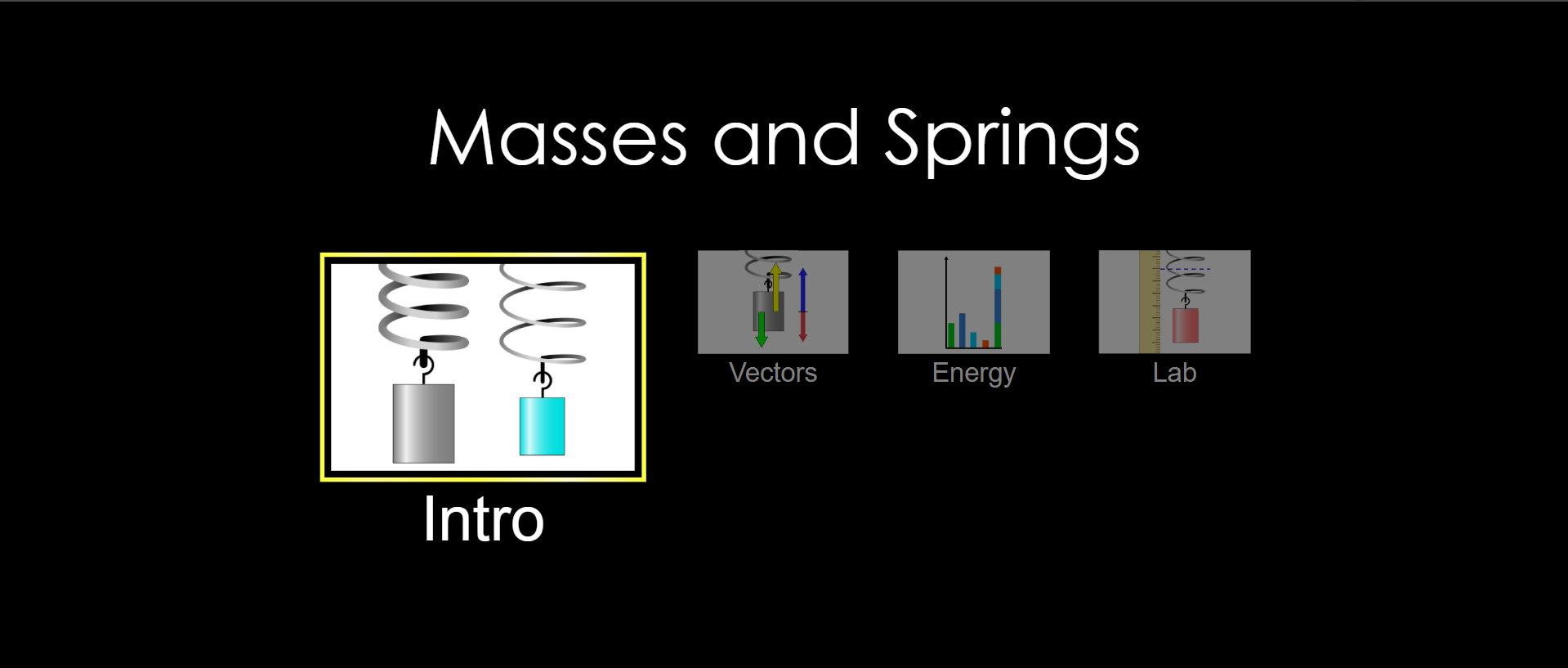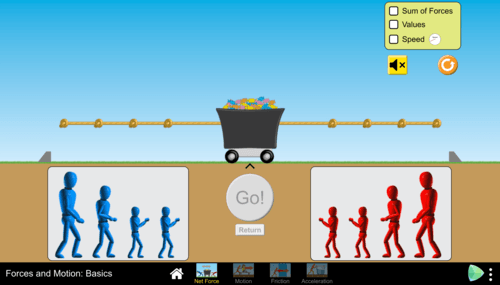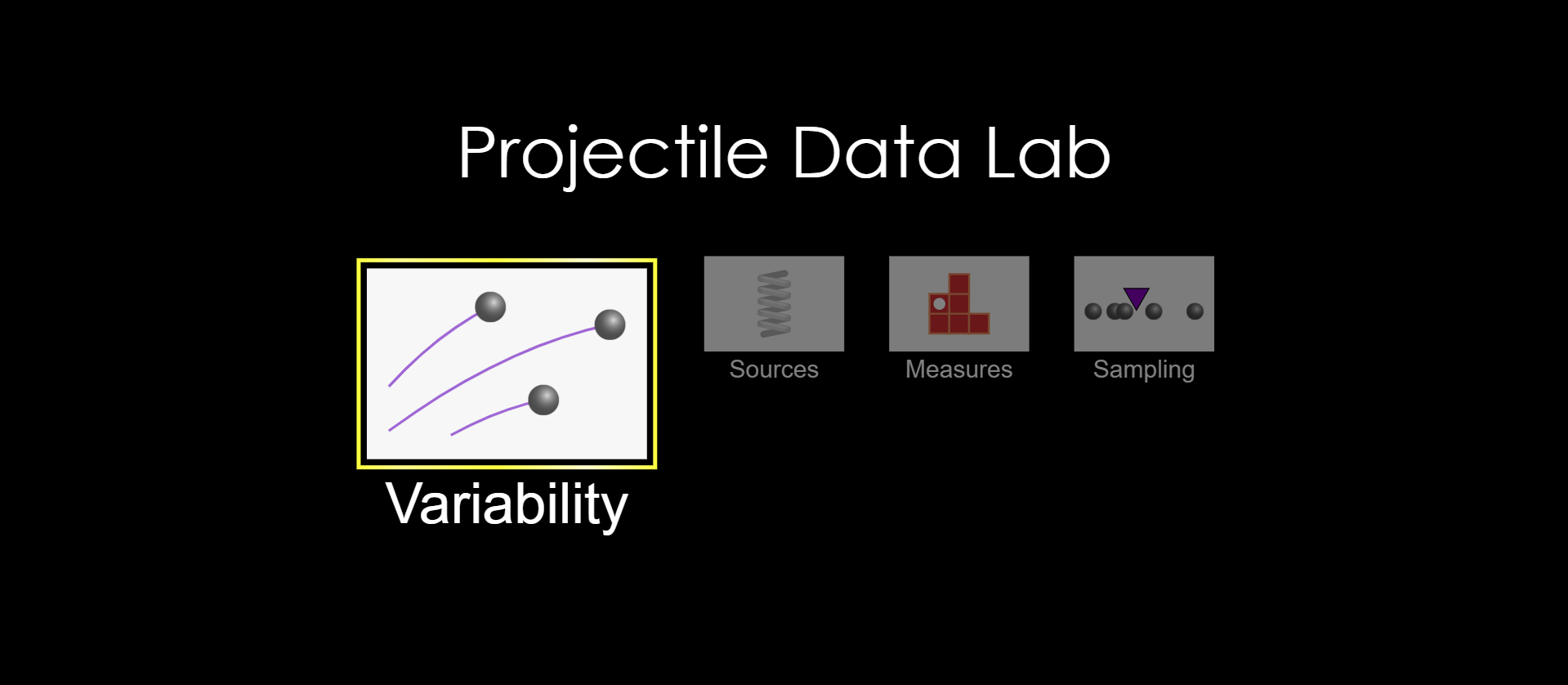Chapter 11 : Daya dan Gerakan
What will you learn in this chapter

Kemudian, kita akan belajar tentang graf gerakan linear. Kita akan belajar bagaimana mentafsir jenis gerakan dari graf gerakan linear. Dengan menggunakan graf ini, kita dapat menentukan jarak, sesaran, halaju, halaju purata, dan pecutan.
Selanjutnya, kita akan mempelajari tentang pecutan graviti dan jatuh bebas. Kita akan melakukan eksperimen untuk menentukan nilai pecutan graviti bumi, g. Kita juga akan belajar bagaimana mentafsir graf gerakan untuk objek yang mengalami keadaan jatuh bebas.
Terakhir, kita akan mempelajari tentang jisim dan inersia. Kita akan memahami apa itu jisim dan bagaimana mengukurnya. Selain itu, kita juga akan belajar tentang inersia dan contoh-contoh yang menggambarkannya.
Dengan mempelajari bab ini, kita akan dapat memahami konsep-konsep penting dalam daya dan gerakan. Kita akan dapat menghubungkan konsep-konsep ini dengan kehidupan sehari-hari dan mengaplikasikannya dalam situasi yang berbeza.
Topics in this chapter
Live Tuition Recordings

WEEK 36 : PANDAI LIVE TUITION - CHAPTER 11 : MASS AND INERTIA
Tutor: Sir Kimi
Monday
27 Oct 2025
08:00 pm

WEEK 35 : PANDAI LIVE TUITION - CHAPTER 11 : GRAVITATIONAL ACCE AND FREE FALL
Tutor: Sir Kimi
Monday
13 Oct 2025
08:00 pm

WEEK 34 : PANDAI LIVE TUITION - CHAPTER 11 : LINEAR MOTION GRAPH
Tutor: Sir Kimi
Monday
06 Oct 2025
08:00 pm

WEEK 33 : PANDAI LIVE TUITION - CHAPTER 11 : FORCE AND MOTION
Tutor: Sir Kimi
Monday
29 Sep 2025
08:00 pm
Experiments
Videos
Practices for this chapter
-
Flashcard
- Gerakan Linear (1)
- Gerakan Linear (2)
- Gerakan Linear (3)
- Gerakan Linear (4)
- Graf Gerakan Linear (1)
- Graf Gerakan Linear (2)
- Jisim dan Inersia (1)
- Jisim dan Inersia (2)
- Jisim dan Inersia (3)
- Pecutan Graviti dan Jatuh Bebas (1)
- Pecutan Graviti dan Jatuh Bebas (2)
-
Topical Test
- 11.1 Gerakan Linear - Set 1
- 11.2 Gerakan Linear - Set 2
- 11.2 Graf Gerakan Linear - Set 1
- 11.3 Pecutan Graviti dan Jatuh Bebas - Set 1
- 11.4 Jisim dan Inersia - Set 1






